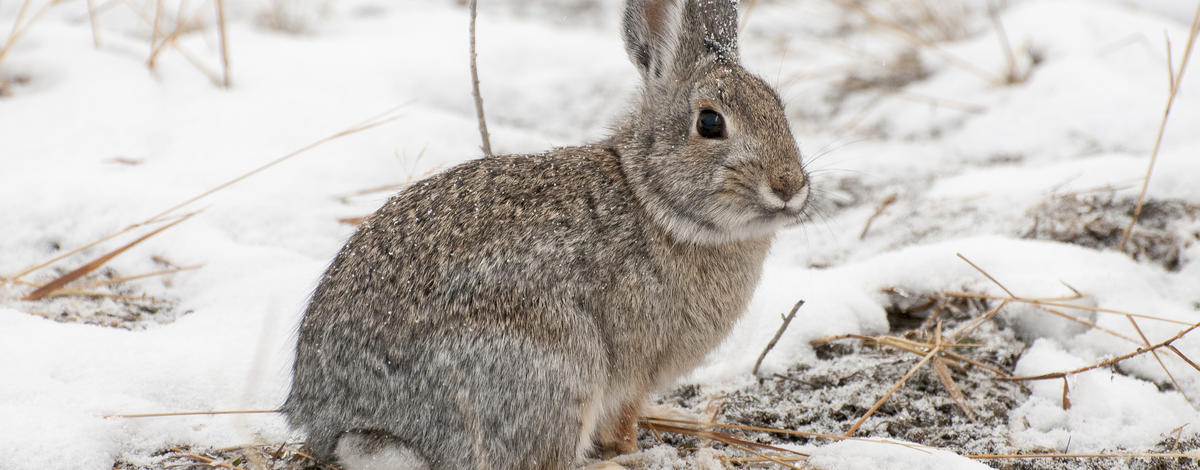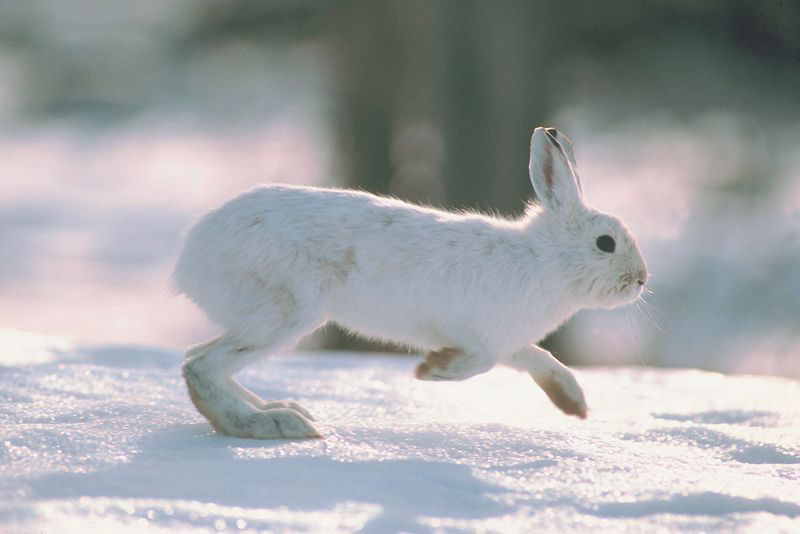Baby rabbits, also called kittens or kits, are born in a burrow in the ground. They are naked and their eyes are closed. It takes them several weeks to grow up enough to leave the safety of their nest. By the time the kits are five weeks old, they are independent and can live on their own. Idaho’s rabbits include the mountain cottontail and pygmy rabbit.
Jackrabbits, on the other hand, are known for their enormous ears—up to seven inches long. While they give hares excellent hearing, they are also air conditioners. Jackrabbits tend to live in hot, dry places. This makes keeping cool very important. Their ears are filled with many small blood vessels. On a hot day, warm blood from inside a jackrabbit’s body flows to these blood vessels.
Be sure to check out April's edition of Wildlife Express if you want to delve a little deeper into the world of rabbits, how animals use camoflauge and why some animals eat their own feces.
Wildlife Express is a monthly newsletter for elementary school-age children that teaches lessons about wildlife species and subjects. Each issue features an Idaho wildlife species and articles related to science and ecological concepts. The articles are written in an educational and entertaining fashion that gets students excited to read and learn about wildlife and their environments.


